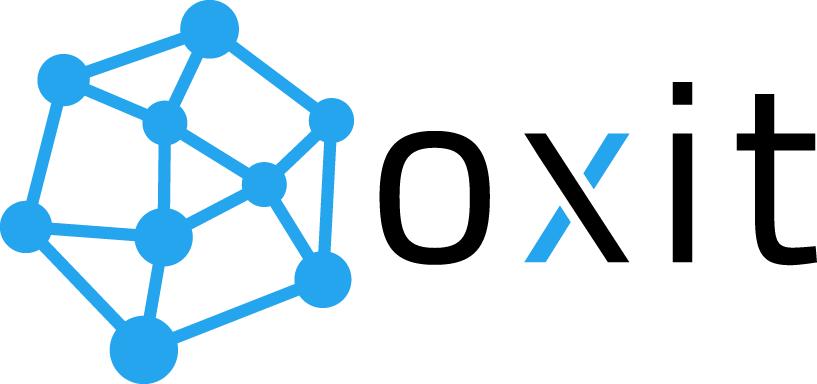Which Connectivity Technologies Work Complementary with LoRaWAN?
LoRaWAN has established itself as a powerful connectivity technology for IoT, renowned for its long-range, low-power capabilities. However, IoT solutions often require multiple technologies to address diverse use cases and operational challenges. Pairing LoRaWAN with complementary technologies like Zigbee, Bluetooth, cellular, and others can unlock new possibilities and optimize performance. In this article, we explore how combining LoRaWAN with other technologies enhances scalability, efficiency, and adaptability.
Why Combine LoRaWAN with Other Connectivity Technologies?
The answer lies in leveraging the strengths of each technology. While LoRaWAN excels in low-power, wide-area connectivity, it may not address every operational need on its own. Complementary technologies fill the gaps, providing:
- Cost-effective solutions by reducing hardware complexity and operational costs.
- Enhanced environmental adaptability, addressing indoor, outdoor, and challenging deployment scenarios.
- Design diversity to future-proof solutions against evolving customer needs.
For an in-depth exploration of how leading companies, including Oxit, leverage complementary technologies to optimize IoT solutions, visit DestinationLoRaWAN: Selecting Complementary Technologies. Here, experts discuss strategies and use cases that illustrate the power of multi-protocol integration.
Cost-Effectiveness in Complementary Technologies
1. Reduced Device and Operational Costs
- LoRaWAN’s low power consumption and cost-effective hardware make it an ideal partner for multi-protocol designs. For example:
- Cellular + LoRaWAN: Cellular handles high-bandwidth needs, while LoRaWAN ensures low-power, long-range connectivity, reducing the reliance on expensive cellular gateways.
- Bluetooth + LoRaWAN: Bluetooth simplifies field operations (e.g., QR code scanning for configuration), minimizing on-site setup complexity.
2. Extended ROI through Multi-Protocol Design
- Multi-protocol devices expand the functionality of IoT solutions, enabling features like:
- Seamless indoor-outdoor operation with LoRaWAN for long range and Bluetooth for close-range data transmission.
- Flexible data collection that scales with evolving requirements, avoiding costly hardware upgrades.
Diversity of Environment
1. Overcoming Deployment Challenges
LoRaWAN’s ability to permeate obstacles makes it highly effective in diverse environments, from dense urban settings to sprawling rural areas. Pairing it with complementary technologies enhances its versatility:
- LoRaWAN + Zigbee: Ideal for utility metering, where Zigbee hubs can collect localized data, and LoRaWAN can transmit aggregated data to the cloud.
- LoRaWAN + Cellular: Perfect for areas with limited infrastructure, where LoRaWAN supports remote data collection, and cellular backhauls it to the cloud.
2. Enhancing Resilience
- By combining technologies, businesses can create resilient solutions capable of operating across multiple environments. For example, Bluetooth and LoRaWAN together support both localized operations (e.g., indoor retail) and long-distance data transmission (e.g., outdoor logistics).
Design Diversity: Future-Proofing IoT Solutions
1. Evolving Customer Needs
Customer requirements often shift over time. A multi-protocol approach ensures that solutions can adapt to:
- Expanded feature sets, such as adding GPS functionality via cellular while maintaining low-power LoRaWAN for ongoing operations.
- Dynamic data needs, enabling cost-efficient adjustments without replacing entire systems.
2. Lowered Operational Costs
By reducing hardware complexity, such as eliminating redundant gateways, multi-protocol designs lower maintenance costs and improve ROI. For instance:
- Combining LoRaWAN and Bluetooth allows for simplified hardware configurations while maximizing functionality.
Optimization and Bridging Technologies
1. Bridging Existing Systems
LoRaWAN is often seen as a replacement technology, but it can be a powerful partnering technology:
- In smart agriculture, LoRaWAN complements cellular for cost-effective, low-power monitoring of cattle or crops.
- In utilities, LoRaWAN integrates with SCADA systems to enhance monitoring and control capabilities.
2. Maximizing ROI with Multi-Protocol Integration
- LoRaWAN + Cellular: Offers global positioning through cellular GPS capabilities while LoRaWAN ensures energy-efficient data collection.
- LoRaWAN + Bluetooth: Supports low-cost, low-power deployments in environments like retail and logistics.
Watch this insightful video on LoRaWAN and Complementary Technologies to see how companies like Oxit are leveraging multi-protocol strategies to transform IoT solutions.
Conclusion: Building a Multi-Protocol Strategy with LoRaWAN
Combining LoRaWAN with complementary technologies is not just a technical choice—it’s a strategic decision that future-proofs IoT solutions, reduces costs, and expands operational capabilities. Whether pairing with Zigbee for smart utilities, cellular for asset tracking, or Bluetooth for localized operations, LoRaWAN’s adaptability ensures businesses can scale and innovate effectively.
Are you ready to explore how multi-protocol IoT solutions can transform your business? Contact Oxit today for tailored strategies and expert guidance.



